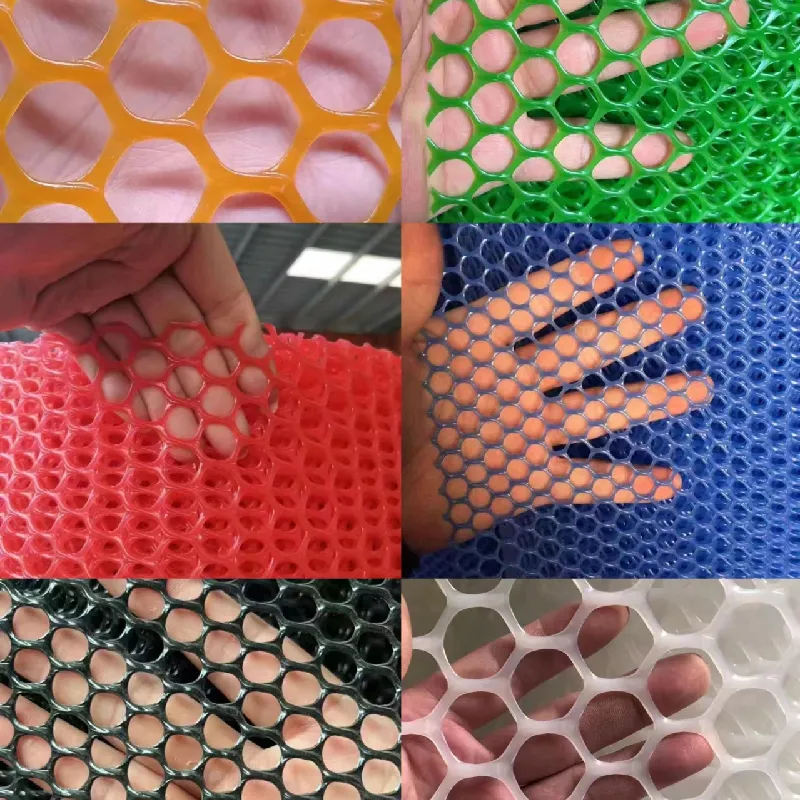-
 Afrikaans
Afrikaans -
 Albanian
Albanian -
 Amharic
Amharic -
 Arabic
Arabic -
 Armenian
Armenian -
 Azerbaijani
Azerbaijani -
 Basque
Basque -
 Belarusian
Belarusian -
 Bengali
Bengali -
 Bosnian
Bosnian -
 Bulgarian
Bulgarian -
 Catalan
Catalan -
 Cebuano
Cebuano -
 China
China -
 Corsican
Corsican -
 Croatian
Croatian -
 Czech
Czech -
 Danish
Danish -
 Dutch
Dutch -
 English
English -
 Esperanto
Esperanto -
 Estonian
Estonian -
 Finnish
Finnish -
 French
French -
 Frisian
Frisian -
 Galician
Galician -
 Georgian
Georgian -
 German
German -
 Greek
Greek -
 Gujarati
Gujarati -
 Haitian Creole
Haitian Creole -
 hausa
hausa -
 hawaiian
hawaiian -
 Hebrew
Hebrew -
 Hindi
Hindi -
 Miao
Miao -
 Hungarian
Hungarian -
 Icelandic
Icelandic -
 igbo
igbo -
 Indonesian
Indonesian -
 irish
irish -
 Italian
Italian -
 Japanese
Japanese -
 Javanese
Javanese -
 Kannada
Kannada -
 kazakh
kazakh -
 Khmer
Khmer -
 Rwandese
Rwandese -
 Korean
Korean -
 Kurdish
Kurdish -
 Kyrgyz
Kyrgyz -
 Lao
Lao -
 Latin
Latin -
 Latvian
Latvian -
 Lithuanian
Lithuanian -
 Luxembourgish
Luxembourgish -
 Macedonian
Macedonian -
 Malgashi
Malgashi -
 Malay
Malay -
 Malayalam
Malayalam -
 Maltese
Maltese -
 Maori
Maori -
 Marathi
Marathi -
 Mongolian
Mongolian -
 Myanmar
Myanmar -
 Nepali
Nepali -
 Norwegian
Norwegian -
 Norwegian
Norwegian -
 Occitan
Occitan -
 Pashto
Pashto -
 Persian
Persian -
 Polish
Polish -
 Portuguese
Portuguese -
 Punjabi
Punjabi -
 Romanian
Romanian -
 Russian
Russian -
 Samoan
Samoan -
 Scottish Gaelic
Scottish Gaelic -
 Serbian
Serbian -
 Sesotho
Sesotho -
 Shona
Shona -
 Sindhi
Sindhi -
 Sinhala
Sinhala -
 Slovak
Slovak -
 Slovenian
Slovenian -
 Somali
Somali -
 Spanish
Spanish -
 Sundanese
Sundanese -
 Swahili
Swahili -
 Swedish
Swedish -
 Tagalog
Tagalog -
 Tajik
Tajik -
 Tamil
Tamil -
 Tatar
Tatar -
 Telugu
Telugu -
 Thai
Thai -
 Turkish
Turkish -
 Turkmen
Turkmen -
 Ukrainian
Ukrainian -
 Urdu
Urdu -
 Uighur
Uighur -
 Uzbek
Uzbek -
 Vietnamese
Vietnamese -
 Welsh
Welsh -
 Bantu
Bantu -
 Yiddish
Yiddish -
 Yoruba
Yoruba -
 Zulu
Zulu
welded steel wire fabric
The Importance of Welded Steel Wire Fabric in Construction
Welded steel wire fabric (WSWF) is a vital component in modern construction and civil engineering, offering significant advantages in terms of strength, durability, and cost-effectiveness. This versatile material is increasingly being used in a variety of applications, including pavements, walls, and slabs. Understanding its properties, advantages, and applications can provide insights into its essential role in contemporary construction practices.
What is Welded Steel Wire Fabric?
Welded steel wire fabric consists of a grid of steel wires that are welded together at their intersections. Typically manufactured from high-strength steel, the wires are arranged in a uniform grid pattern, which enhances their structural integrity. The fabric is produced in various sizes, mesh configurations, and wire diameters to meet different engineering requirements. It can be flat or rolled, making it easy to transport and handle on job sites.
Advantages of Welded Steel Wire Fabric
1. Enhanced Strength and Durability One of the primary advantages of WSWF is its high tensile strength, which allows it to withstand significant loads and stresses. This makes it an ideal choice for reinforcing concrete structures, where it contributes to improved load distribution and cracking resistance.
2. Cost-Effectiveness Due to its efficient manufacturing process and widespread availability, welded steel wire fabric is often more economical than traditional rebar or other reinforcement methods. The rapid installation and reduced labor costs further contribute to overall project cost savings.
3. Consistency and Precision The manufacturing process of WSWF ensures a high degree of uniformity and accuracy. Each piece is produced to precise specifications, minimizing the variability associated with manual placement of rebar. This helps to improve the overall quality of the concrete structure.
4. Ease of Installation Welded steel wire fabric can be laid out quickly and easily, which speeds up the construction process. The grids can be cut to size and shaped to fit various forms, allowing for a flexible application in different structural elements.
5. Corrosion Resistance Many manufacturers offer WSWF with protective coatings that enhance its corrosion resistance, making it suitable for use in harsh environments. This property is crucial in extending the lifespan of concrete structures exposed to moisture, chemicals, or extreme weather conditions.
welded steel wire fabric

Applications of Welded Steel Wire Fabric
WSWF is used in a wide range of construction applications, some of which include
- Reinforcement in Concrete WSWF is widely used to reinforce concrete slabs, floors, and walls. Its use reduces cracking and enhances overall structural integrity, ensuring long-term durability.
- Pavement Construction The material is commonly used in the construction of pavement slabs, where it provides additional tensile strength. This is especially important in areas subjected to heavy traffic loads.
- Foundation Work Welded wire fabric is often employed in foundation systems, enhancing the structural support and stability of buildings and other infrastructures.
- Precast Concrete Products WSWF is also utilized in the manufacturing of precast concrete elements, providing the necessary strength and rigidity for components such as beams, columns, and panels.
- Architectural Applications Beyond its structural roles, WSWF is being used creatively in architectural designs, allowing for innovative and aesthetically pleasing constructions.
Conclusion
In conclusion, welded steel wire fabric is a crucial component in contemporary construction, offering numerous benefits that translate into stronger, more durable, and cost-effective structures. Its versatility allows for a wide range of applications, making it an indispensable material in the industry. As construction technologies continue to evolve, the use of WSWF is likely to expand further, contributing to innovative building solutions that meet the demands of modern infrastructure. The integration of WSWF into construction practices not only reflects advancements in engineering and material science but also exemplifies a trend toward more efficient and sustainable construction methodologies.
-
Shipping Plastic Bags for Every NeedNewsJul.24,2025
-
Safety Netting: Your Shield in ConstructionNewsJul.24,2025
-
Plastic Mesh Netting for Everyday UseNewsJul.24,2025
-
Nylon Netting for Every UseNewsJul.24,2025
-
Mesh Breeder Box for Fish TanksNewsJul.24,2025
-
Expanded Steel Mesh Offers Durable VersatilityNewsJul.24,2025











